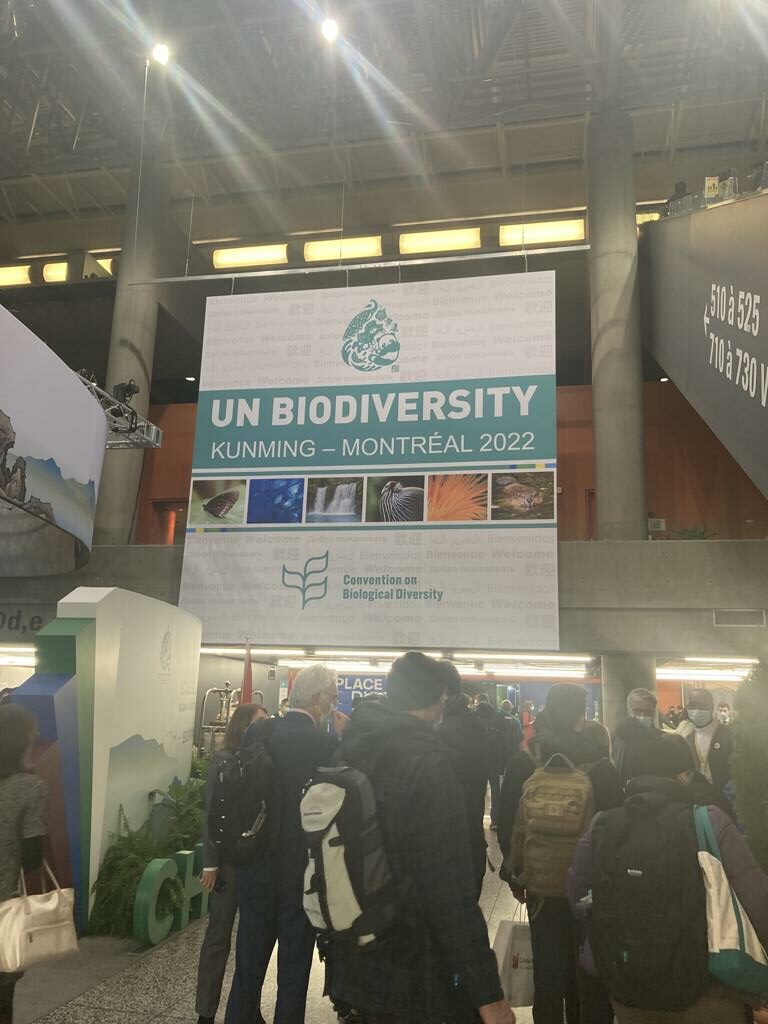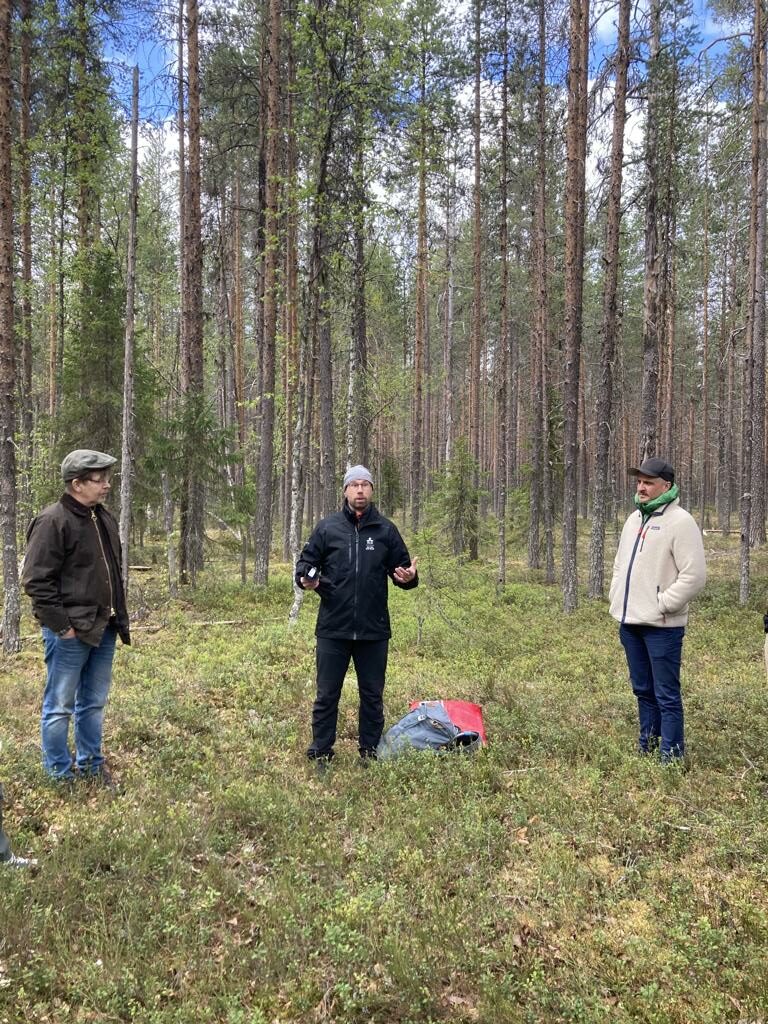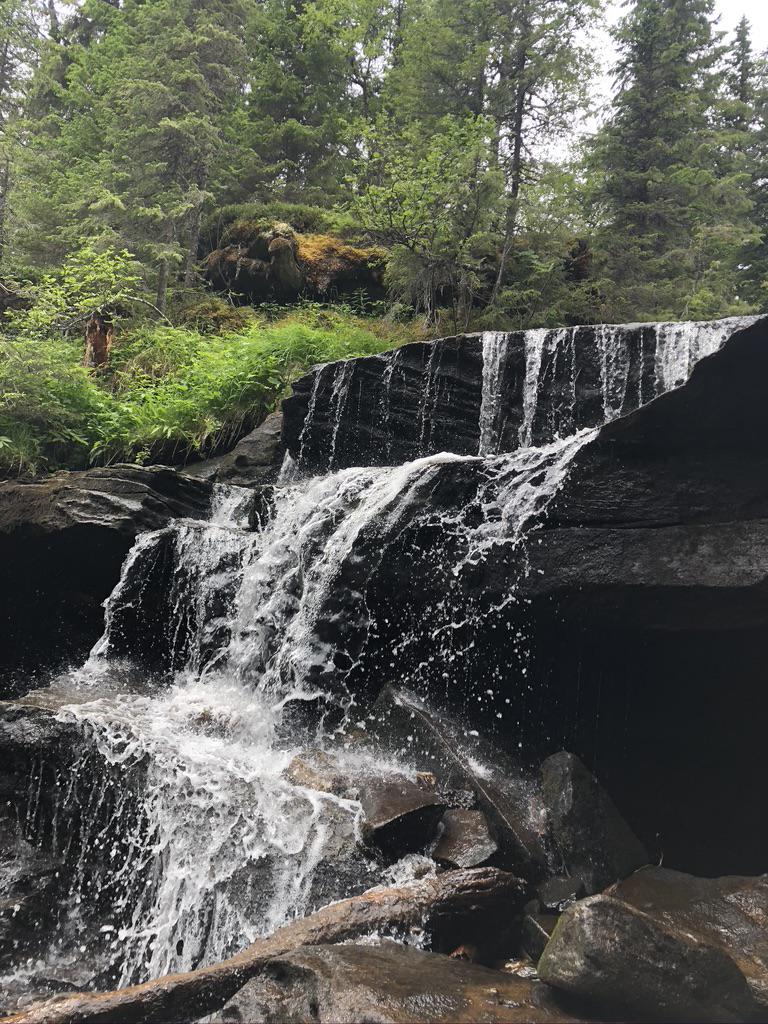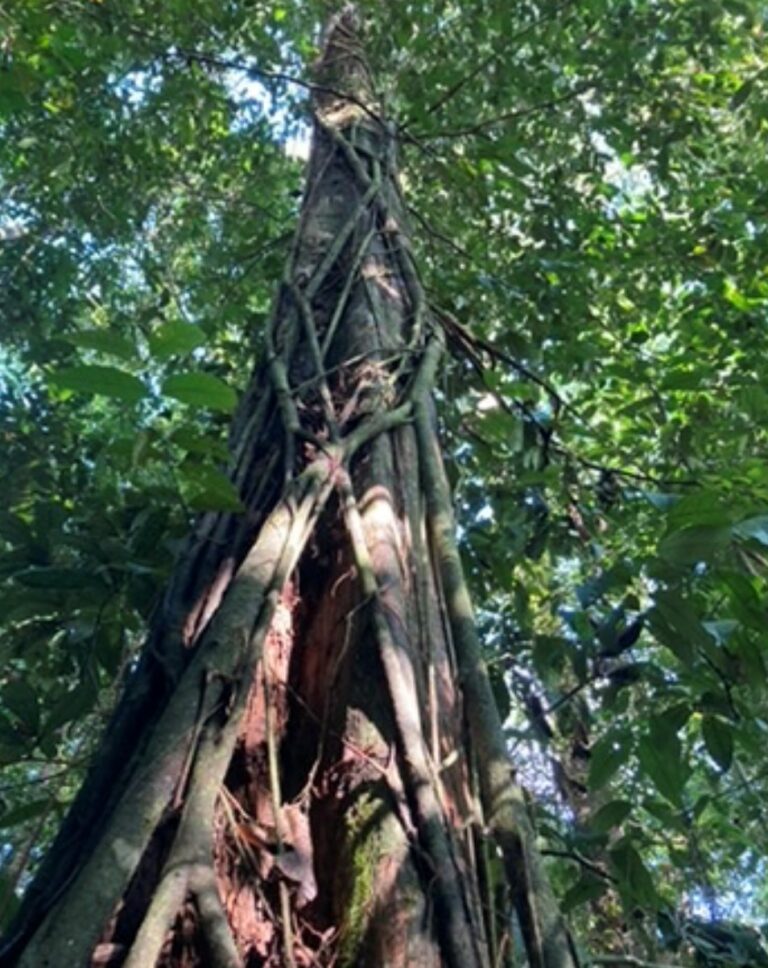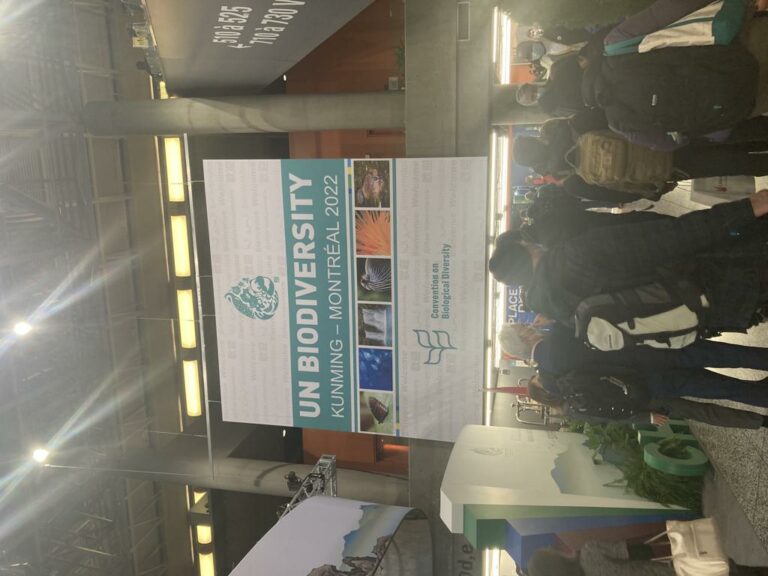I’ve never been to a ”COP” before, so the COP15 in Montreal was for me all about learning and connecting to people. It is fascinating that literally a whole world can gather like this, around an important topic.
From what I have seen, there seems to be a lot of corporate interest in biodiversity. To me it seems that finance and large businesses are truly interested to find a way to work towards nature positive goals and are going to do it more or less regardless of the official COP15 outcomes. I guess this comes from the understanding that businesses need to keep “the licence to operate”, and cannot afford bad reputation from not doing their part. There is also a clear shift from compensation to contribution. Mandatory reporting and disclosure of nature related impact will help to drive this further. The good news is that there seems to be a consensus on the importance of involving private finance into nature conservation. There are many ways to do this, one of which may be voluntary biodiversity credits, which has attracted a lot of attention during the summit.
Being both on the biodiversity methodology developer side, as well as investor side, I have been listening in and have come to a few conclusions.
I think we now have a hen and egg situation, where the corporate side is asking where the investable large scale biodiversity conservation projects are, while the project developers are asking where the money is. Without the money, no large projects will be developed. Someone needs to be first. The ambivalence boils down to the question of risk and return if we are not only expecting philanthropic contributions.
Talking about risk and return – there is currently a lot of risk – as there is no market yet. (A few transactions that I have heard about are great, but don’t constitute a market.) In order to create the market a lot of things are missing, including parts of the value chain needed to create it. Things are happening fast, and it is likely we will see a lot of action in this space very soon. But for the investments to happen, the basic rules of the game have to be set. For example, measuring, reporting and verification needs to be standardized, including voluntary biodiversity credits and other instruments.
On the biodiversity credit side, there are several groups engaging in the subject: there is World Economic Forum, Natural Capital Alliance, Verra, McKinsey, Conservation Finance Alliance (and more!) as well as the newly formed Biodiversity Credit Alliance where I have been engaged. I think we all want to do the same thing – to help move the market by defining the basic structures. Therefore, we need to work together. This requires an “open tent” and open mind approach. COP15 has given us all an opportunity to meet in person and discuss what needs to be done. However, there is still a long way to go until all pieces are in place. Overall, there is a lot of momentum out there and I am cautiously optimistic.

